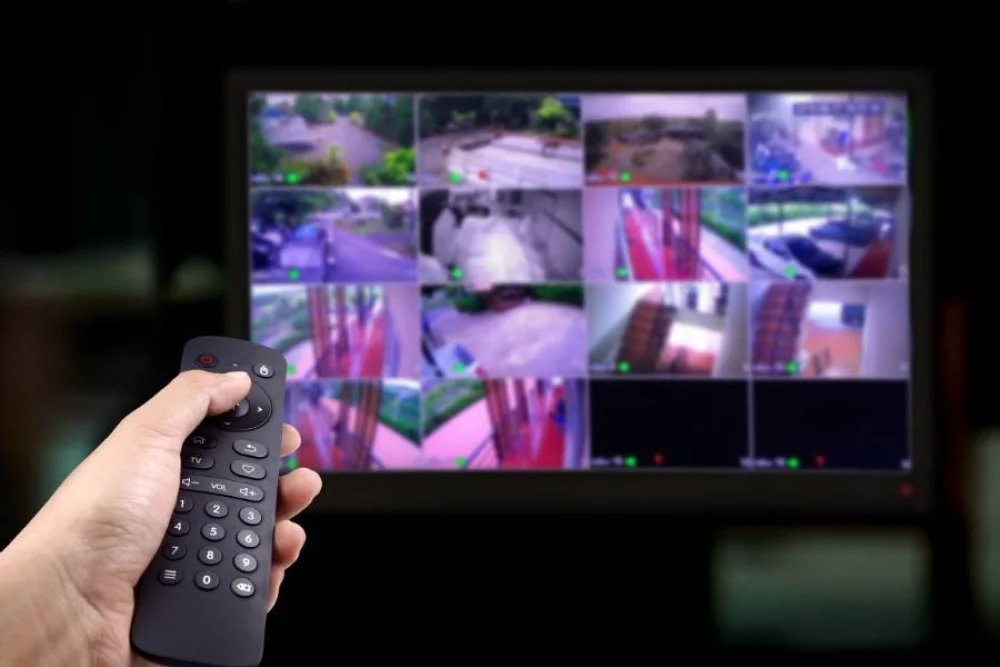
So here is the situation.
You have an existing analog CCTV system that has been working OK and you have had it since the Burdekin Dam was built. You have had some sort of incident that requires you to provide descent footage to identify a person or vehicle to police. The footage just doesn’t cut it because the old analog CCTV resolution comes out blurry once again. We won’t talk about the fact that most CCTV systems around are not maintained properly to ensure the best possible images for that camera are captured on an ongoing basis. Assuming the camera is in focus, we are talking resolution issues that just do not cut it when it comes to identifying persons.
This is all too common.
So you have considered and upgrade based on necessity because those existing cameras no matter how much you adjust or refocus them will not get the resolution that you are after.
This is a fair conclusion for the situation.
So you have no doubt heard about IP cameras, network cameras, digital CCTV. All the same thing. Just some different names. These types of cameras are commonplace in today’s market and are gaining a bigger slice of the market share all the time. So any discussion of upgrades would include a switch to this type of CCTV system at least as a possibility.
What I want to drill down to for this particular blog is the actual nuts and bolts of upgrading a system. So when we are comparing an old analog surveillance system to a new IP network surveillance system what is the most obvious difference for a system such as this? The answer is the cabling.
All of your existing analog cameras are joined to the DVR – recording device with coaxial cabling (the same as TV antenna cable) and twin to power the camera.
New IP network camera systems use a single data cable (also known as twisted pair). This is part of their popularity. Less cables to run and terminate. There are other functions available and also more scalability though we are not talking too deeply about IP systems right now.
Here is where we get to the point. What do you do if the camera locations are not accessible for replacement cabling? How much are you willing to pay for an installation of new cabling? Have you actually had any quotes for a replacement cabling infrastructure that would make you fall off your chair because the labour cost to replace all of that cabling is astounding?
This is where an upgrade to HD SDI cameras can really become a saviour.
Take a large portion of the labour content out because you do not have to pay for the cabling to be replaced then add the cost of the equipment which includes cameras and a HD capable recorder and complete the setup. The existing analog cameras will even work on a HD recorder if you want to upgrade a section at a time. Here are some photos to compare the two technologies working on the same piece of cable.
Here is a chart that shows the different resolutions in the market today. New cameras are always pushing this boundary. HD resolution of 1920 x 1080 can give you awesome results and this is the proof.
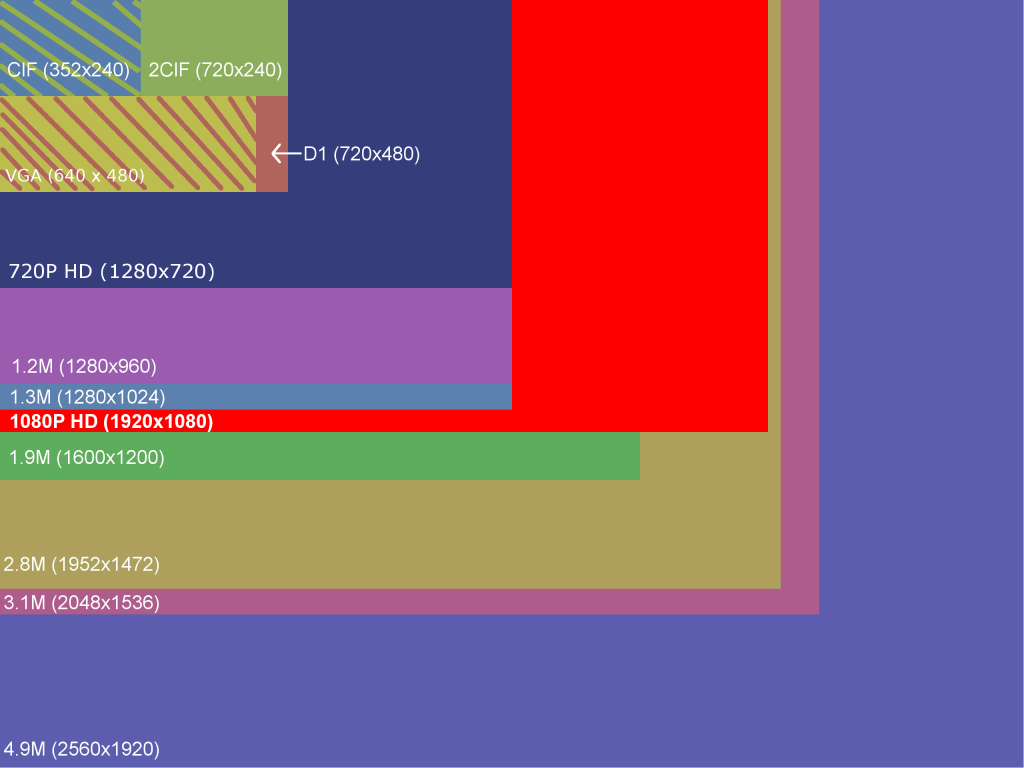
Below are some images comparing Analog to HD-SDI image quality
Digital CCTV Comparison 1
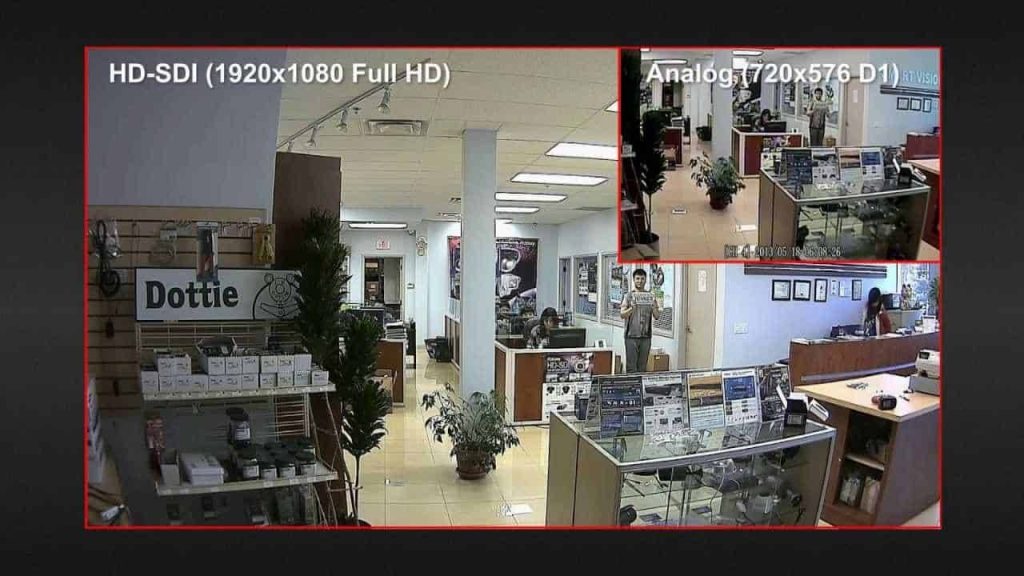
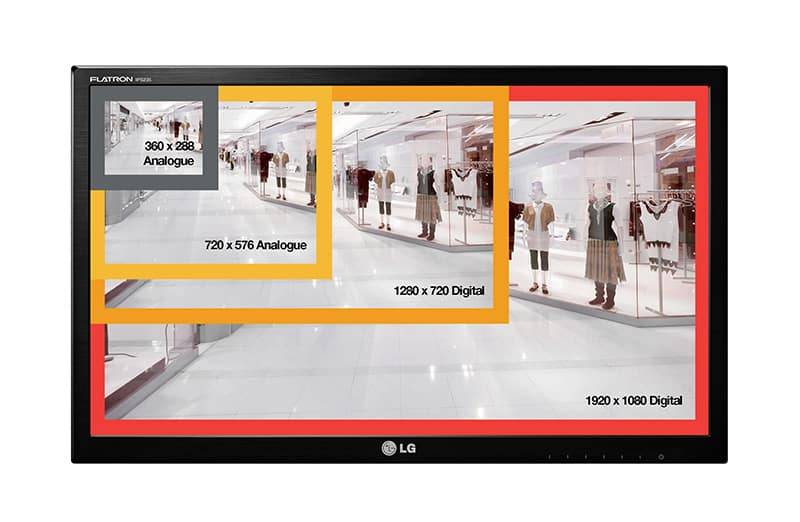
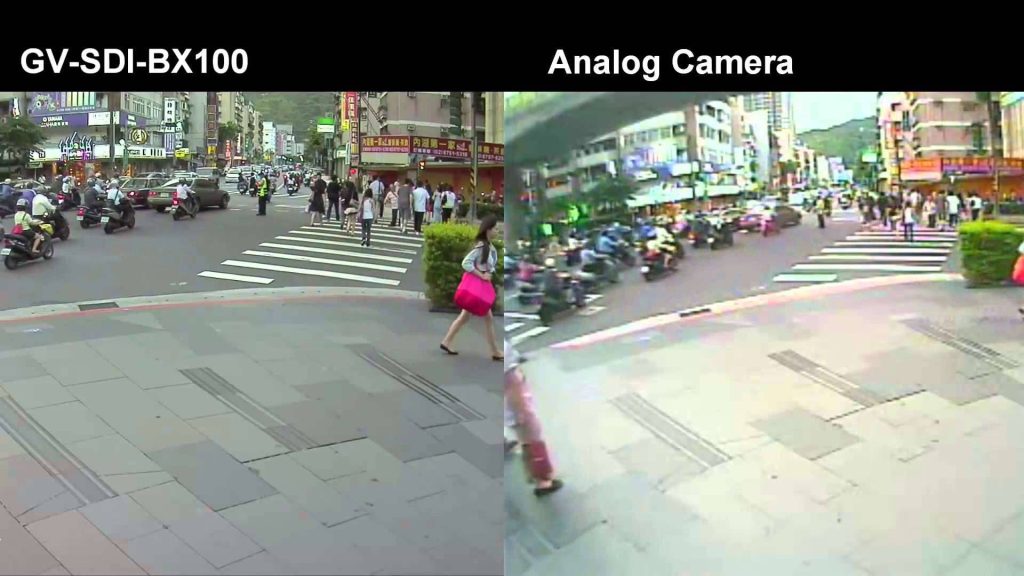
Ask us how you can achieve awesome results with your existing cabling.
We are licenced security advisers and installers and can provide quality security camera installation with equipment that has been proven in the field.